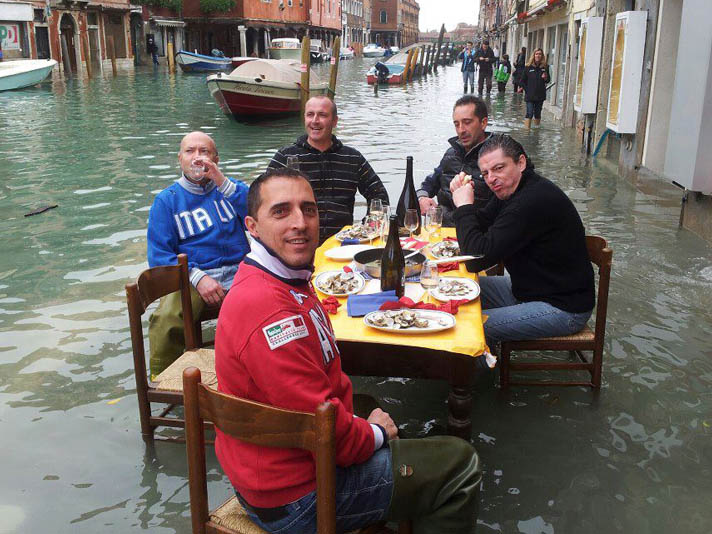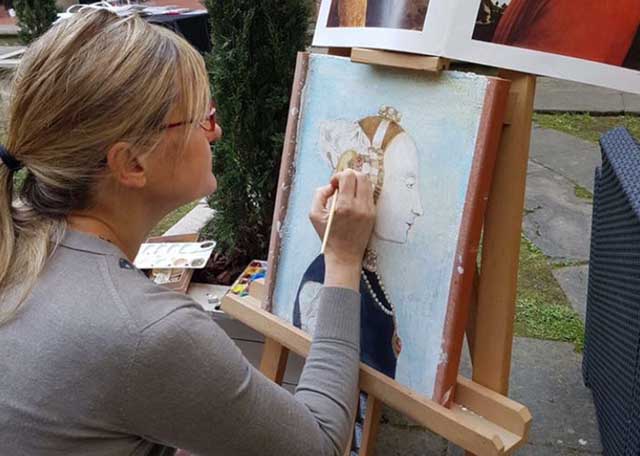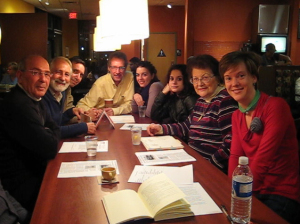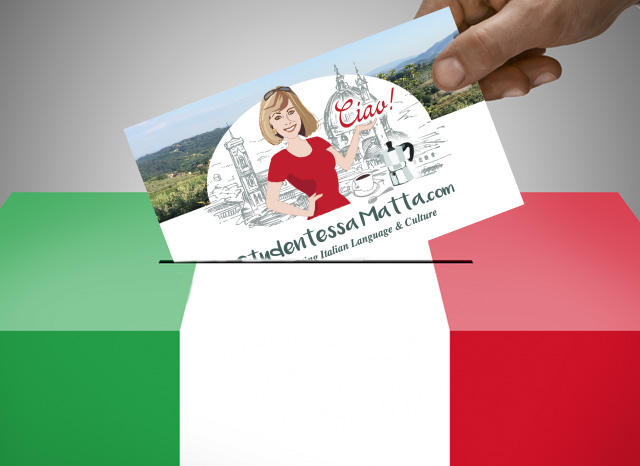
Prima dei romani: esisteva il popolo dei piceni nella regione le marche
Before the Romans: The Piceni People Existed in le Marche Region
Oh, Mia Dea! The Mystery of the Armilla Picena
Oh, My Goddess! The Mystery of the Armilla Picena
Lo scorso settembre, mentre ero ad Ascoli Piceno, ho fatto una scoperta intrigante! Ho appreso dell’Armilla Picena — un curioso anello di bronzo che, persino per gli abitanti delle Marche e dell’Abruzzo, rimane un po’ un mistero.
Last September, while in Ascoli Piceno, I made an intriguing discovery! I learned about the Armilla Picena — a curious bronze ring that remains a mystery even to those living in Le Marche and Abruzzo.
Un anello antico con un significato profondo
An Ancient Ring with a Deep Meaning
L’Armilla Picena, chiamata anche Anellone Piceno, è un grande anello di metallo con nodi opposti. Questo oggetto è stato trovato in molte tombe risalenti al tempo in cui i Piceni abitavano l’area, prima dell’era romana.
The Armilla Picena, also known as the Anellone Piceno, is a large metal ring with opposing knots. This object has been found in numerous tombs from the time when the Piceni inhabited the area, predating Roman times.
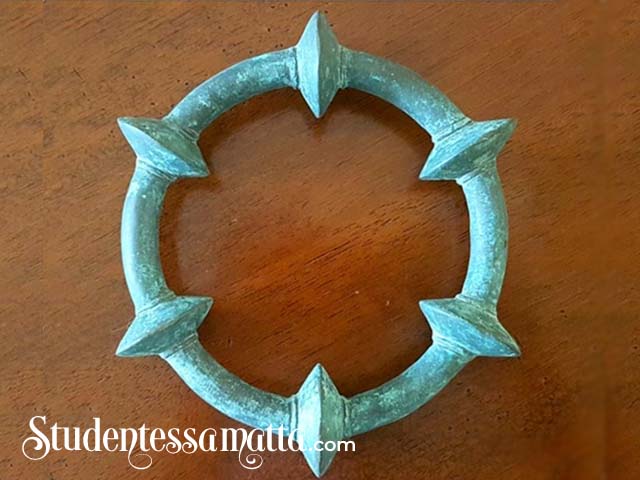
Chi erano i Piceni e la leggenda del picchio.
Who were the Piceni people and the legend of the woodpecker.
Secondo la tradizione antica, i Piceni erano pastori nomadi. Avendo bisogno di più terra e spazio per allevare le loro mandrie, lasciarono il paese delle Sabine e viaggiarono verso nord. Prima di partire, i capi della tribù consultarono un oracolo che disse loro di viaggiare fino a quando non trovarono un cuneo di terra tra due fiumi. Avrebbero saputo come trovare questo luogo sacro quando un particolare uccello – un uccello che faceva buchi tra gli alberi – fu avvistato.
As ancient lore would have it, the Piceni were nomadic shepherds. Needing more land and space to raise their herds, they left the country of the Sabines and traveled north. Before departing, the leaders of the tribe consulted an oracle who told them to travel until they found a wedge of land between two rivers. They would know how to find this sacred place when a particular bird — a bird that drilled holes in trees — was sighted.

In latino, questo uccello era chiamato “Picus.” Oggi lo conosciamo
come un picchio. In italiano questo uccello si chiama “Picchio.”
In Latin, this bird was called “Picus.” We know this bird today as a woodpecker.
The Italian word for this bird is “Picchio.”
Tra storia e simbologia
Between History and Symbolism
Oggi gli archeologi trovano le tombe dei Piceni, soprattutto quelle femminili, con l’Armilla posizionata sul bacino. Le teorie sul suo significato spaziano dal pratico al divino, come simbolo legato alla dea Cupra, protettrice della natura e della fertilità.
Today, archaeologists uncover Piceni graves, especially those of women, with the Armilla placed on the pelvis. Theories about its meaning range from practical to divine, as a symbol tied to the goddess Cupra, protector of nature and fertility.
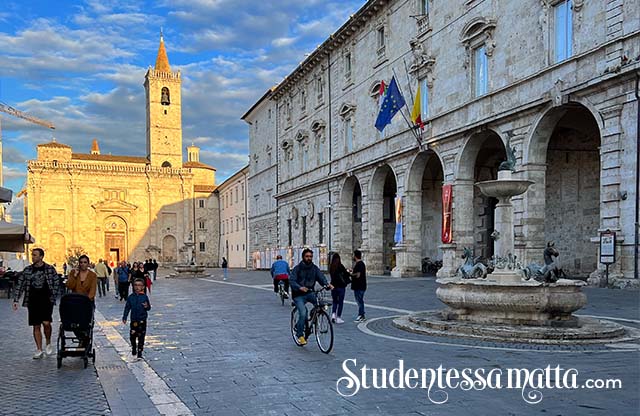
Un simbolo di fortuna e creatività
A Symbol of Fortune and Creativity
I Piceni oggi credono che l’anello di ferro con i nodi simboleggia buona fortuna, fertilità e produttività. I gioiellieri di Ascoli di Ascoli, come Coccia & Oddi, realizzano versioni in oro e argento dell’Armilla, celebrando la leggenda Picena. Anche io ho acquistato una di queste opere, come ricordo del mio soggiorno ad Ascoli Piceno con il mio gruppo di immersione linguistica.
The Piceni today believe that the iron ring with knots symbolizes good fortune, fertility, and productivity. Ascoli jewelers like Coccia & Oddi have created, out of precious metals — silver and gold — replicas of the Armila Picena. I, too, purchased one as a memento of my time in Ascoli Piceno with my language immersion group.
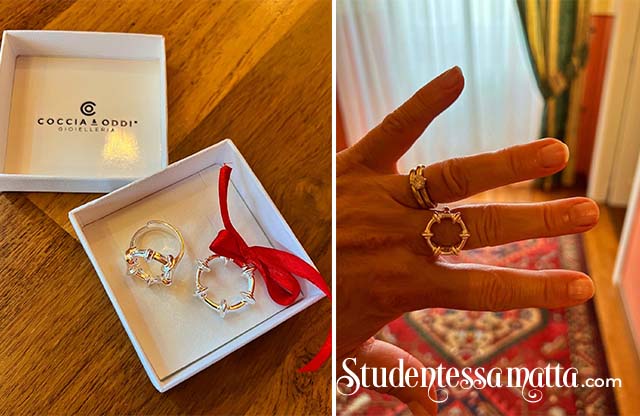
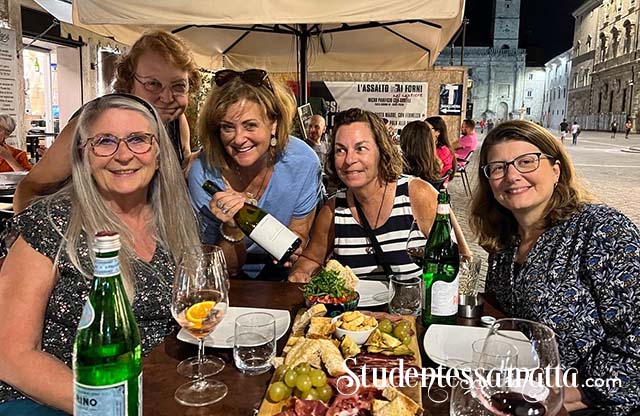
Per una scrittrice, artista e linguista, quale simbolo migliore del “fiore della vita” da indossare, per promuovere la buona fortuna e la produttività E dedicato a una Dea Divina che governava le stagioni!
For a writer, artist, and linguist, what better symbol than the “flower of life” to wear, to promote good luck and productivity AND dedicated to a Divine Goddess who ruled the seasons!
